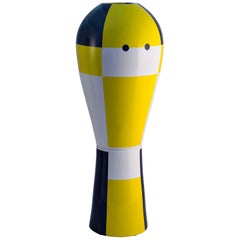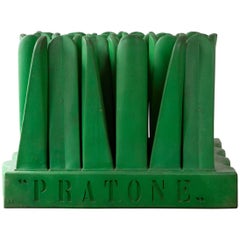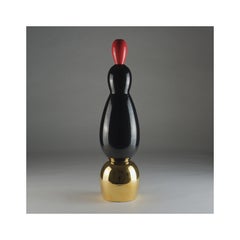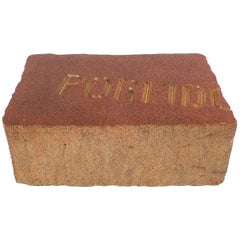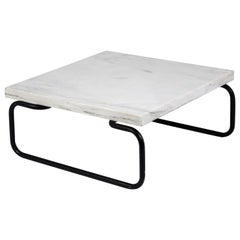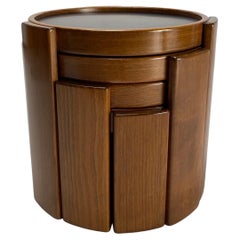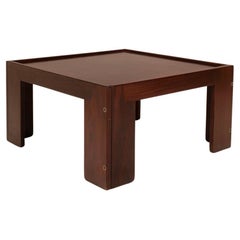Postmodern Design
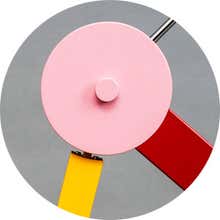
Strictly speaking, postmodern design was a short-lived movement that manifested itself chiefly in Italy and the United States in the early 1980s. Objects produced by postmodern practitioners were characterized by hot-colored, loud-patterned, usually plastic surfaces; strange proportions and weird angles; and a vague-at-best relationship between form and function. Critics derided postmodern design as a grandstanding bid for attention and nothing of consequence. The fact that, decades later, postmodern design still has the power to provoke thoughts (along with other reactions) proves they were not entirely correct.
Postmodernism began as an architectural critique. Starting in the 1960s, a small cadre of mainly American architects began to argue that modernism, once high-minded and even noble in its goals, had become stale, stagnant and blandly corporate. In the next decade in Milan, a cohort of designers led by Ettore Sottsass and Alessandro Mendini brought the discussion to bear on design. Sottsass and Michele de Lucchi, in 1980, gathered a core group of young designers, which would come to include Michael Graves, Marco Zanini, Shiro Kuramata and Matteo Thun, into a design collective they called Memphis. They saw design as a means of communication and they wanted it to shout. That it did: the first Memphis collection appeared in 1981 and broke all the modernist taboos, embracing irony, kitsch, wild ornamentation and bad taste.
Memphis works remain icons of postmodernism: the Sottsass Casablanca bookcase, with its leopard-print plastic veneer; de Lucchi’s First chair, which has been described as having the look of an electronics component; Martine Bedin’s Super lamp: a pull-toy puppy on a power cord leash. After the initial Memphis show caused an uproar, postmodern design quickly took off in America. The architect Robert Venturi had already begun a series of plywood chairs for Knoll Inc. with beefy, exaggerated silhouettes of traditional styles such as Queen Anne and Chippendale. In 1982, the new firm Swid Powell enlisted a group of top American architects, including Frank Gehry, Richard Meier, Stanley Tigerman and Venturi to create postmodern tableware in silver, ceramic and glass.
Many of the pieces mentioned above formed the core of a 2011 survey of postmodern design at the Victoria & Albert Museum — an exhibition that showed the movement's influence on contemporary design and fashion. That fact, coupled with the works offered on these pages, proves that postmodernism is a movement that continues to inspire.
2010s Italian Modern Postmodern Design
Ceramic
1970s Italian Vintage Postmodern Design
PVC
21st Century and Contemporary Postmodern Design
Ceramic
1970s Italian Post-Modern Vintage Postmodern Design
Polystyrene
21st Century and Contemporary Italian Postmodern Design
Plastic
1960s Italian Mid-Century Modern Vintage Postmodern Design
Marble, Metal
21st Century and Contemporary Italian Modern Postmodern Design
Metal, Gold, Chrome
1980s Unknown Modern Vintage Postmodern Design
Steel
1970s Italian Vintage Postmodern Design
Sterling Silver
Late 20th Century American Memphis Group Postmodern Design
Metal
21st Century and Contemporary Italian Modern Postmodern Design
Mirror
20th Century Italian Postmodern Design
Ceramic
1970s French Vintage Postmodern Design
20th Century Spanish Mid-Century Modern Postmodern Design
Bronze
1960s Italian Mid-Century Modern Vintage Postmodern Design
Wood
1960s Italian Vintage Postmodern Design
Palisander
1960s Italian Mid-Century Modern Vintage Postmodern Design
Smoked Glass, Wood
1960s Italian Mid-Century Modern Vintage Postmodern Design
Glass, Smoked Glass, Wood, Walnut
1960s Italian Modern Vintage Postmodern Design
Walnut
Late 20th Century Italian Modern Postmodern Design
Steel
1980s Italian Vintage Postmodern Design
Metal
1960s Italian Mid-Century Modern Vintage Postmodern Design
Wood, Walnut
1980s Italian Post-Modern Vintage Postmodern Design
Lacquer
1970s French Mid-Century Modern Vintage Postmodern Design
Fabric
1970s French Post-Modern Vintage Postmodern Design
Leather
1970s Italian Mid-Century Modern Vintage Postmodern Design
Steel, Chrome
